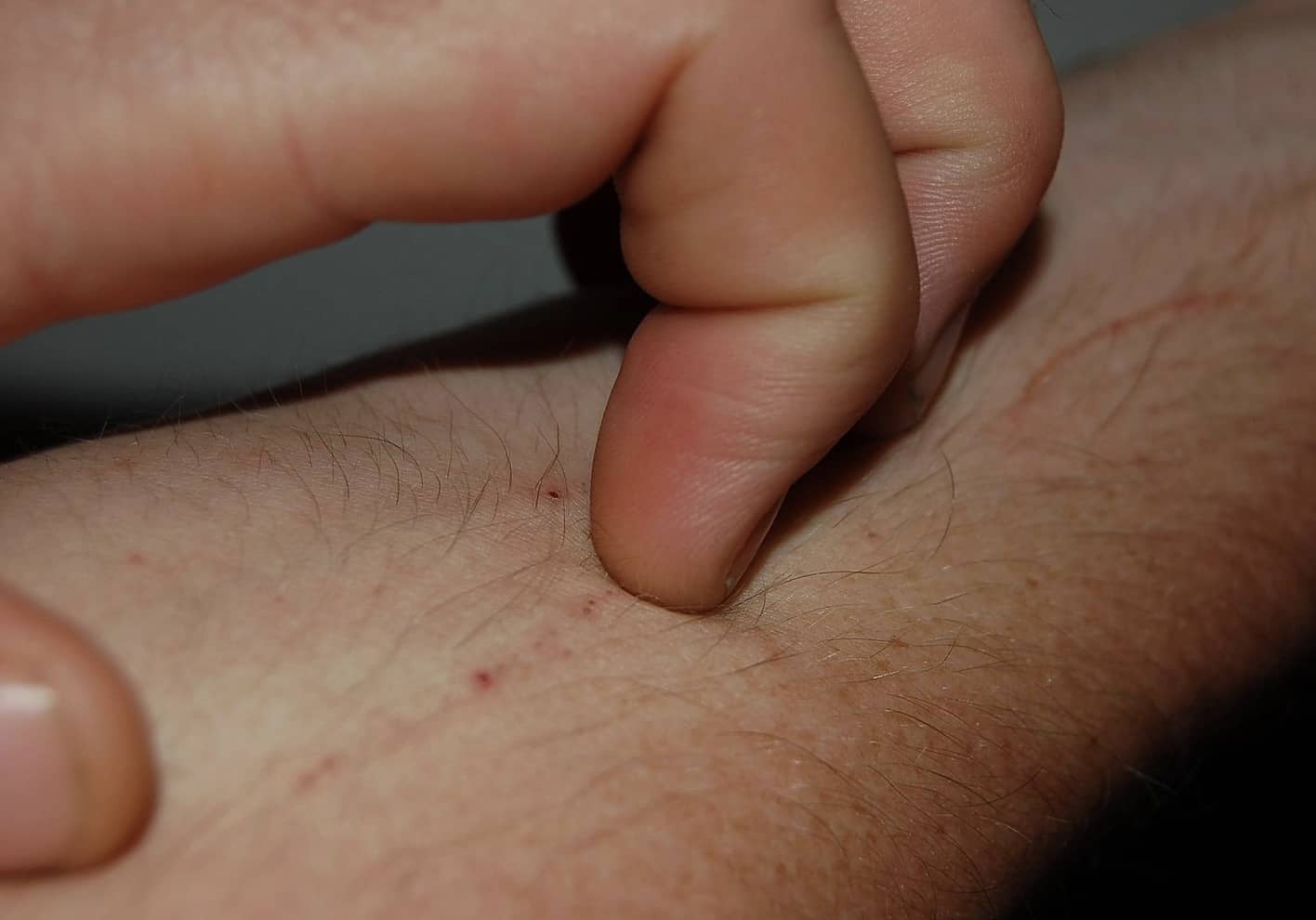Bumpy, itchy, scaly, or red skin is common among most of us at some time in our lives. One of the most prevalent reasons? A skin allergy.
When you eat something that your body believes to be harmful, such as food or insect venom, your immune system generates antibodies to attack it. Your immune system overreacts and produces antibodies in the form of a rash or swelling.
Chapter Overview
Skin Allergies Types
There are several different types. The most frequent forms are as follows:
Contact dermatitis. You’ve undoubtedly experienced this condition if you’ve ever had a rash after wearing a new ring or using a different detergent.
Your skin comes into contact with an allergen, such as nickel or a chemical in soap, lotion, or sunscreen.
When pollen, for example, strikes the skin and becomes airborne, it may cause dermatitis.
In some cases, you’ll only experience a reaction after being in the sun for a while. This is known as “photoallergic contact dermatitis.” It’s caused by certain chemicals, such as those in sunscreens, shaving lotion, and fragrances.
Symptoms vary from mild to severe. They include:
- Blisters
- Bumps
- Scaly patches
- Rashes
- Redness
- Swelling
- Cracking
- Burning
You don’t always get a response right away. It may take anything from a few hours to ten days. Typically, it takes anywhere from 12 hours to 3 days.
Symptoms can persist for two to four weeks with or without treatment.
Hives. Bumps or red, scaly welts are raised and itchy. Contact dermatitis may induce them, but insect stings, medicines, and foods can also cause an allergic reaction. They appear promptly and fade in a few hours to days.
Eczema. Atopic dermatitis, or eczema, is a skin condition that causes itching and inflammation. It’s a persistent allergic illness that usually develops in childhood. Approximately 11% of Americans are afflicted. It’s uncertain what causes it. They do know certain things can make your skin irritated, red, and dry.
What Are Skin Allergy Causes?
It might be difficult to identify the source of a problem. There are almost 3,800 potential allergens to consider.
The following are just a few of the most prevalent reasons:
Nickel. This metal, which is found in jewellery, belt buckles, zippers, and bra hooks, is the most common cause of skin irritation. Discover how to avoid nickel.
Fragrances. The chemicals that give fragrances, cosmetics, and other goods their fragrance are among the most common causes. Learn more about fragrance sensitivity.
Ingredients in household products. Common preservatives and metals in the items around your home can cause problems for your skin:
- Hair dye
- Antiperspirants
- Cleaners
- Sunscreens
- Cosmetics
Antibiotic creams. Antiseptic solutions, such as bacitracin and neomycin, are also included in many over-the-counter medicines. Learn more about drugs and medications that may cause skin allergies.
Latex. This natural rubber is used in a variety of goods, including:
- Balloons
- Disposable gloves
- Baby bottles
- Condoms
How Do I Prevent a Skin Allergy?
The greatest approach to preventing a rash is to avoid the allergen. A licensed allergist can help you find out what’s causing your allergy. Telfast is the perfect solution for those who suffer from skin allergies. With a range of products that are both fast-acting and long-lasting, Telfast can provide you with relief from your symptoms in no time.
A patch test is also possible. Small amounts of allergens are applied to your skin. That region will be kept dry in order for you to avoid getting an infection. Those regions are examined after a few days to see whether you develop a sensitivity.
If you do come into contact with an allergen, wash the region as soon as possible with soap and water. Learn about common skin irritants to avoid.

